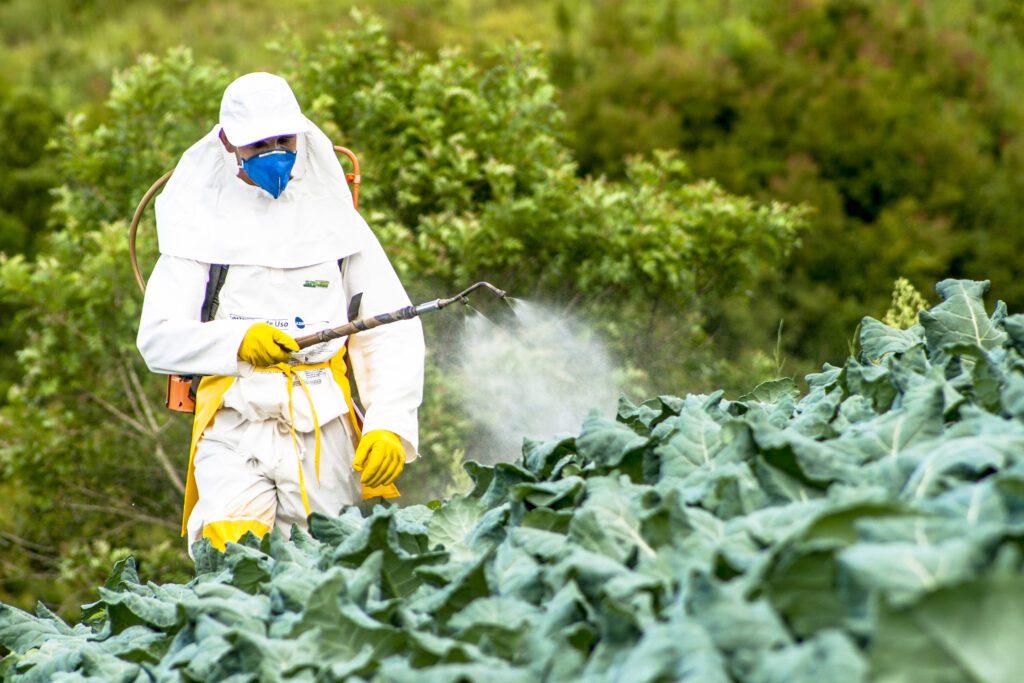by LUIS RODRIGUEZ, UF/IFAS Polk Extension
Florida’s agricultural industry is both vast and diverse, containing the production of key crops such as citrus, strawberries, and watermelons. These crops play a vital role in supporting food security across the region and beyond. In intensive farming systems, the responsible application of pesticides is essential to ensure effective pest control while minimizing potential risks. As concerns over environmental safety continue to rise, effective drift management has become a top priority for Florida growers, helping to safeguard non-target crops and preserve natural resources.
What Is Drift?
Drift refers to the unintentional airborne movement of pesticides beyond the designated areas. This can result in environmental contamination, crop damage, and when drift is created excessively, it could end up in legal consequences under Florida law.
There are three primary types of pesticide drift:
- Spray Drift – This is the most common type of pesticide drift, and it involves tiny liquid droplets being carried off-target during the application. This is most often influenced by droplet size, wind speed, and equipment settings (not calibrating equipment properly).
- Vapor Drift – Occurs when pesticides volatilize into gases and move through the air, potentially traveling miles from the application site. This is most common when using highly volatile pesticides in high temperatures.
- Particle Drift – Refers to solid pesticide particles, such as dust or granules, settling elsewhere from the target areas. This is most common during windy days and when pesticide equipment is not calibrated properly.
Drift Mitigation Management
To combat and minimize the risks of drift, growers can follow recommended practices such as:
- Always follow label instructions for any pesticide application. Make sure you are using the application rates listed on the product’s label to avoid misapplications.
- Only spray pesticides under suitable weather conditions, such as low wind speeds, mild temperatures, and avoid rainy days.
- Choose the right equipment. Use nozzles with a larger droplet size when possible. Large droplets travel a shorter distance compared to small droplets.
- Boom configurations should also be optimized for performance and coverage. Lower boom heights minimize drift.
- Calibrate sprayers regularly and replace worn nozzles to maintain precision. Nozzles that are not functioning correctly can increase the potential of over-applications, which can result in pesticide drift.
- Select pesticides with low-volatile formulations to reduce the chance of vapor drift.
- Incorporate drift-reduction agents into your pesticide formulations, which improve droplet control and adherence to target surfaces.
Management Is Essential
Pesticide drift can pose a serious environmental risk when not handled properly. Effective drift management is essential for Florida’s agricultural success. By following best practices like proper equipment calibration, choosing low-volatility products, and spraying under ideal weather conditions, growers can protect wildlife, natural resources, and non-target crops while maintaining productive and responsible farming operations.
For more information about pesticide drift, please read the following “Ask IFAS” publication called “Managing Pesticide Drift.”
Luis Rodriguez is the Polk County Small Farms and Pesticide Education Extension Agent. You can reach him at lrodriguezrosado@ufl.edu or 863-519-1049.

